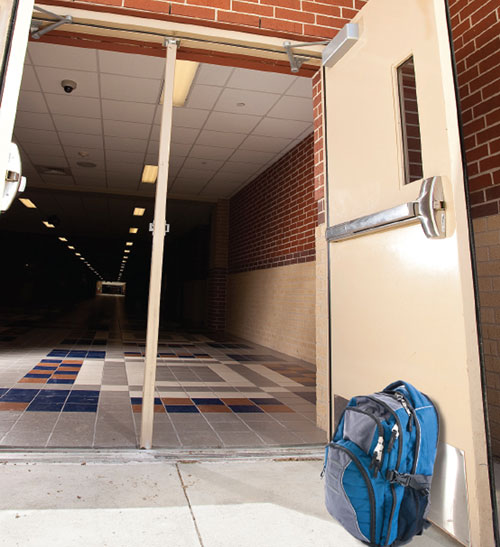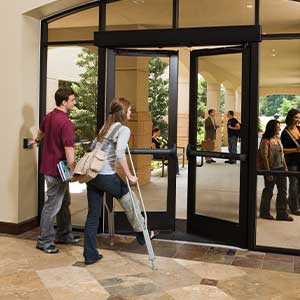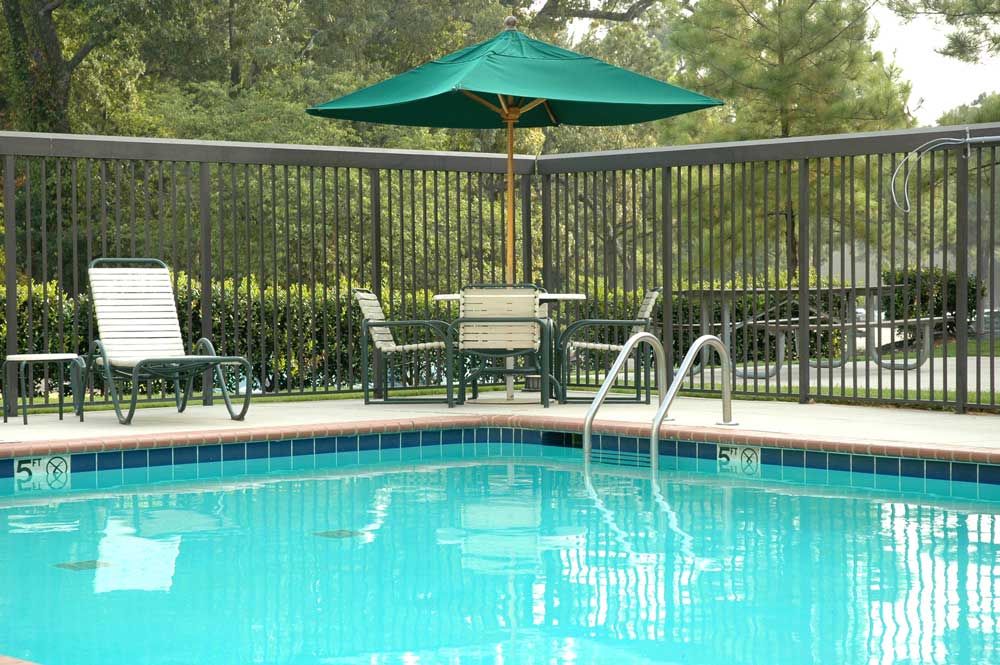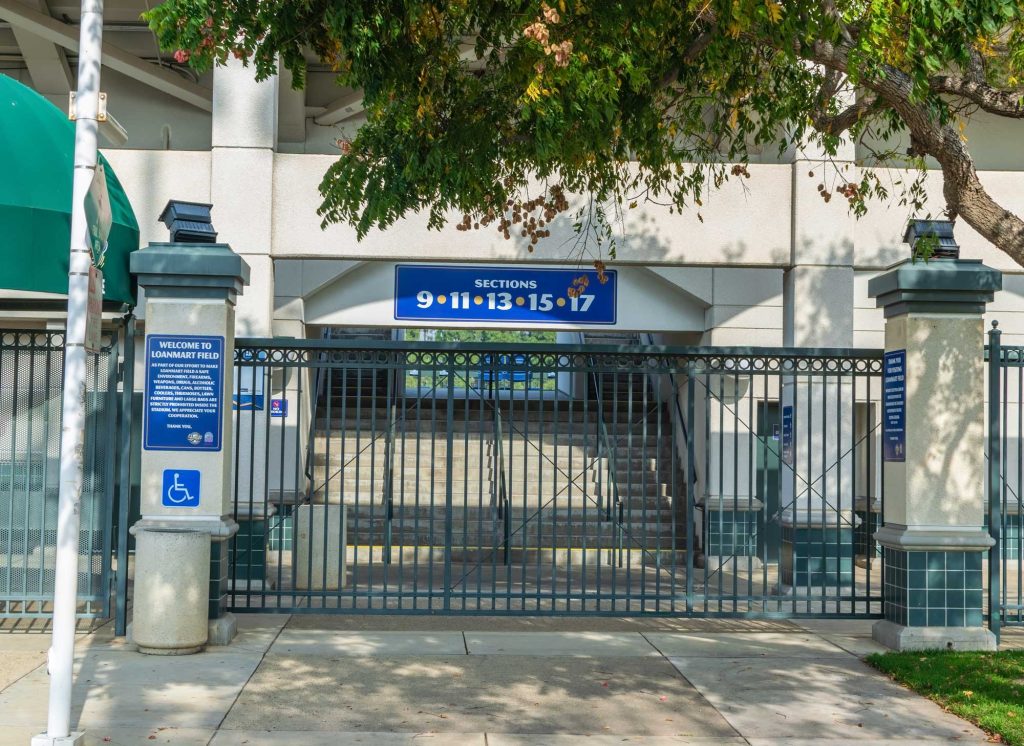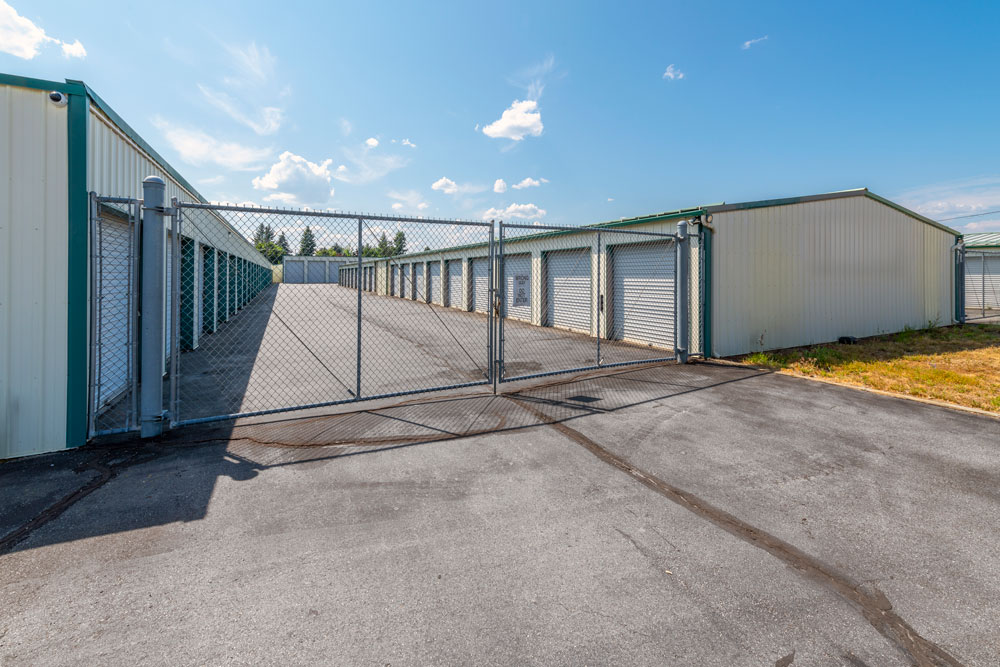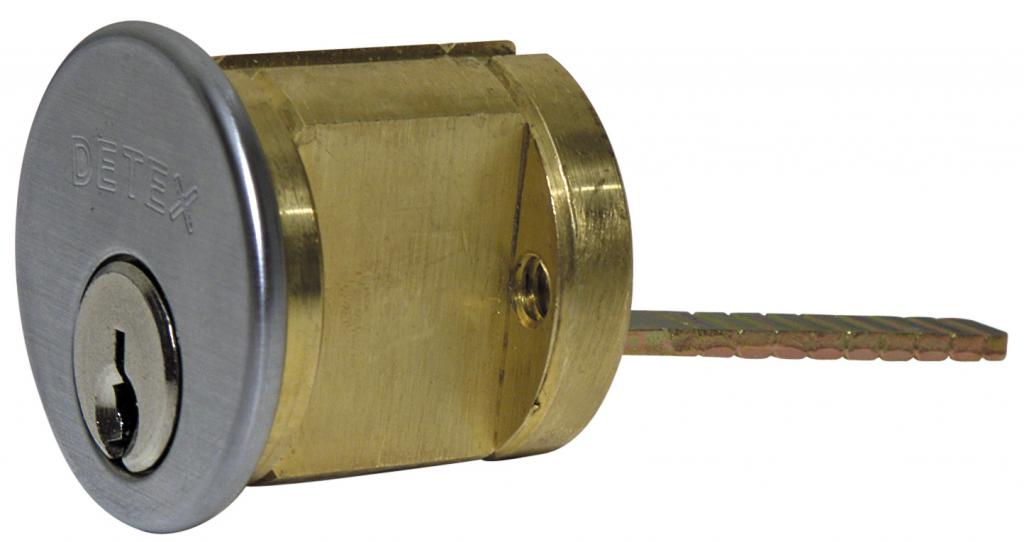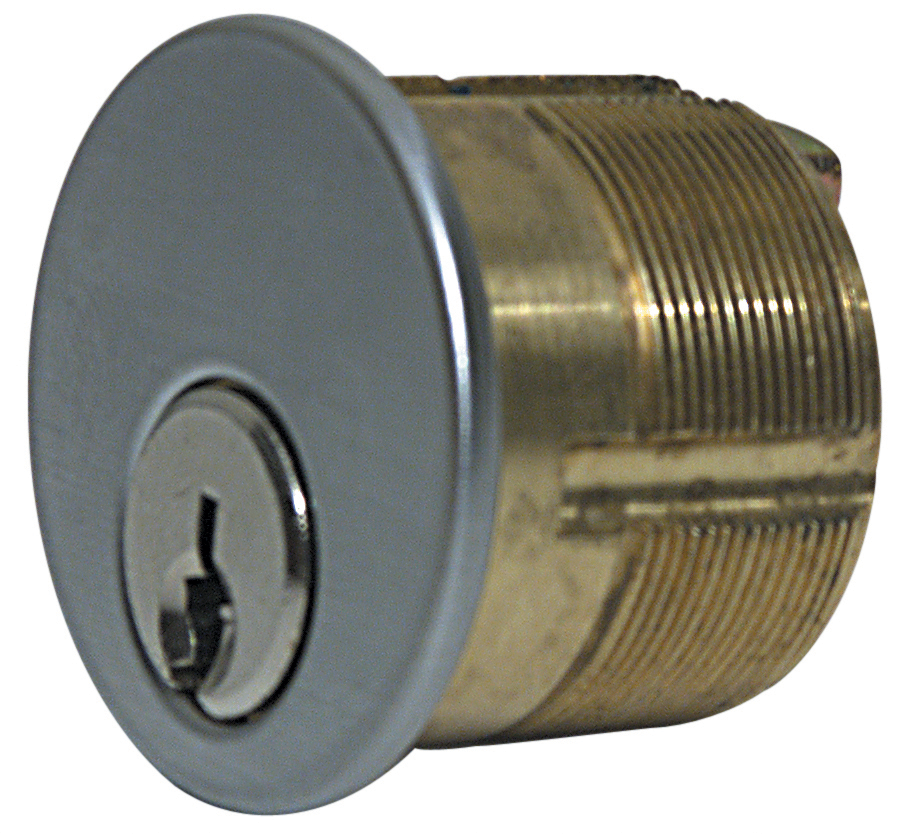When it comes to securing your facility, exit alarms play an important role in alerting staff when a restricted or emergency door is opened. These devices are commonly used in retail, healthcare, education, and other industries where security and safety are critical.
But when choosing an exit alarm, one common decision you’ll face is how to mount it: directly on the door or on the wall beside it. Each option has advantages and drawbacks, and the right choice depends on your application, environment, and priorities.
Door-Mounted Exit Alarms
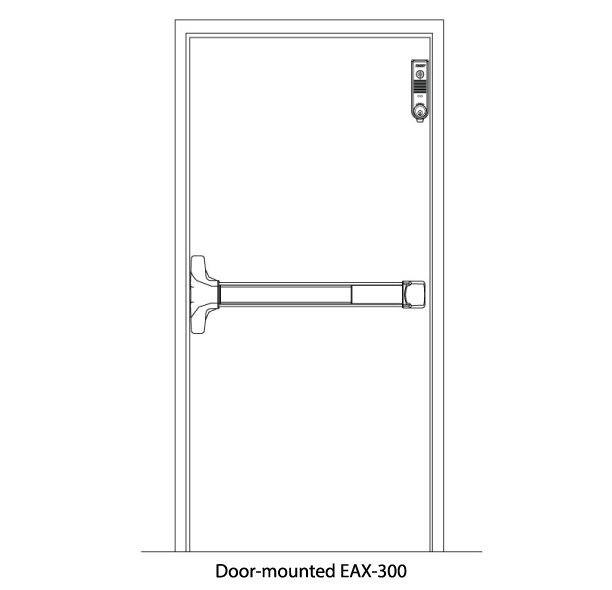
Pros
- Fast Installation – Quicker setup with fewer steps.
- Minimal Space Requirement – Doesn’t use up wall space.
- Simple Setup – Uses included magnet to detect openings.
Cons
- Vulnerable to Impact – Can be bumped or knocked off during heavy use.
- Weather Exposure – Swings outside with the door, exposing electronics.
- Higher Wear – Absorbs the same abuse as the door.
Wall-Mounted Exit Alarms
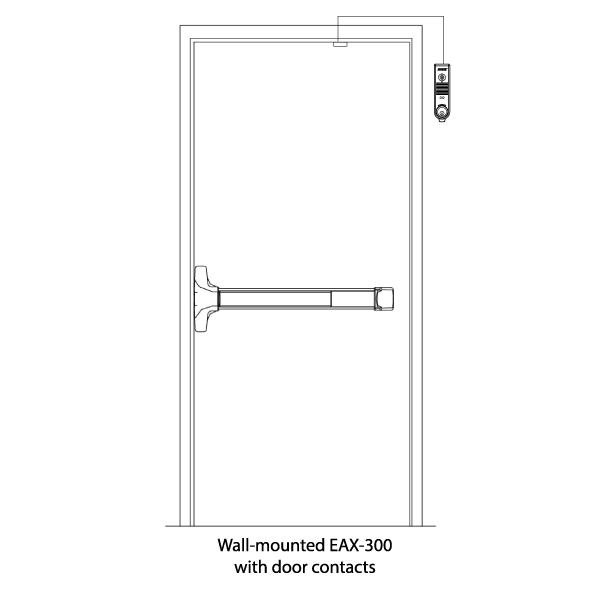
Pros
- Greater Protection – Electronics stay inside, away from weather and damage.
- Clearer Sound – Fixed mounting makes the alarm more noticeable.
- Longer Lifespan – Protected placement often means less maintenance.
Cons
- Longer Install – Requires wiring an external magnetic switch.
- Extra Setup Step – May need a quick jumper adjustment.
- Uses Wall Space – Placement can be limited by building layout.
Which Mounting Option Is Right for You?
The decision often comes down to convenience vs. durability. If you need a quick install and want to avoid taking up wall space, a door-mounted alarm may be the right choice. On the other hand, if you’re concerned about long-term reliability, sound clarity, or exposure to harsh conditions, a wall-mounted alarm could be the better option.
Ultimately, both styles provide effective exit security. It’s all about finding the fit that works best for your facility’s layout and usage.

